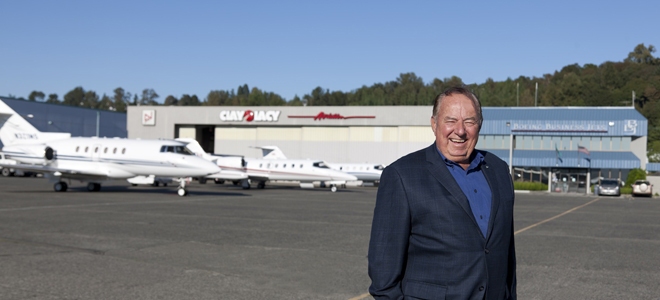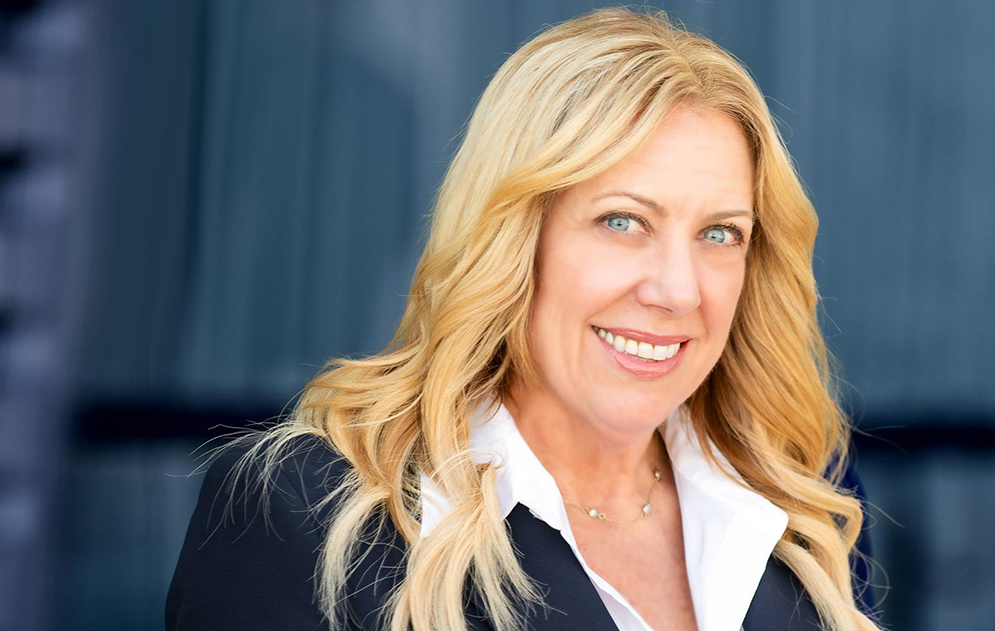
Aviation Safety
By Clay Lacy in December 2004 Professional Pilot Magazine’s “Training”
Contributing Writer
Aircraft are designed so that no matter what happens there’s always a way out. The weak link, and the cause of most accidents, is the human element. Safety Standdown is aimed at inspiring operators to focus more on safety and to give themselves greater margins of safety in everything they do.
Close to 450 participants attended Bombardier Aerospaces’s Safety Standdown 2004. Held from Oct 26–28 in Wichita KS, it was one of the best safety seminars I’ve ever attended. While it was put on by Bombardier, the 3-day conference was open to everyone and nearly half the attendees did not fly Bombardier aircraft. Based on the premise that “industry training has simply not kept pace with the realities of the operating environment,” seminar organizer Bombardier Dir Flight Ops Bob Agostino outdid himself this year in putting together a stellar program.
The program included talks by major figures in their respective fields. Tony Kern covered professional airmanship, Mark Rosekind talked about fatigue countermeasures and ATI Pres David Stohr gave a presentation on international procedures and emergency contingencies. US Air Force Col (Ret) Steven Nagel talked about landing accidents, Jerome Berlin discussed applied aviation psychology and pilot relationships with spouses. National Test Pilot School Dir Sean Roberts and Business & Commercial Aviation Senior Editor Fred George hosted a joint program on applied aerodynamics and upset recovery.
Earlier in the program, CPR/defibrillator and inflight medical emergencies were covered along with aircraft evacuation procedures on land and in water.
I’ve done a lot of flying over the years but I have to admit I learned things at this seminar. Lawrence Lay’s briefing on hypoxia was the best I’ve ever heard on the subject. Aircraft have become so reliable that I believe a lot of pilots don’t appreciate what the oxygen problems are. Lay pointed out that last year FAA and all USAF bases per- formed just 1842 pressure chamber checks, for a national population of more than 600,000 pilots. We learned that smoking and alcohol make a big difference in the effects of hypoxia, effectively elevating you from sea level to 5000 ft even before you start your flight. You don’t have to be flying particularly high to be affected by hypoxia—one accident involved a pilot who had been flying at 22,000 ft without oxygen for 2 hours.
Risks of high-altitude flying were covered in depth at Safety Standdown. Roberts highlighted the risks of “coffin corner”—the convergence of high and low-speed buffet at altitude—and Lay explained how, in the event of decompression at FL510, you’ll be incapacitated with- in 4 seconds. Also, if you’re so unfortunate as to stall at FL510 it won’t take much nose-down to go through limiting Mach. I personally don’t feel that aircraft should have ever been licensed to fly to FL510. The fact is, you have to take any flight above FL410 seriously—above FL450, you need to take it very seriously indeed.
Former astronauts Gene Cernan and Wally Schirra were on hand at Safety Standdown, as was Bob Hoover. I thought Cernan gave a great inspirational talk on professionalism and passion for flying.
I commend Bombardier, and particularly Agostino, for putting on Safety Standdown—it shows this manufacturer is sincerely interested in safety. I would feel good buying a new aircraft from a company that displays this kind of dedication. I only wish there were more of these safety seminars going on around the country. Hopefully, Bombardier’s lead will inspire others to do the same thing and perhaps hold similar seminars on a regional basis throughout the country.
You cannot review safety too much. In fact, you need to think about aviation safety to the point where it becomes natural and second nature to you. I believe we avoid accidents by thinking ahead. Make a habit pattern of thinking 100–200 nm ahead of your aircraft, doing all preparation in advance and not letting the aircraft catch up to where you are. When going into an airport I haven’t been to for a while, I’ll often visualize the flight, approach and landing in my mind the night before. When an aircraft catches up to where you are, you have no tolerance for anything unusual that might happen and safety is compromised.
The inherent safety of today’s corporate jets is better than it’s ever been. Advances in avionics, including TCAS, EGPWS, HUDs and EVS, are making our business transports even safer. Aircraft are designed so that no matter what happens there’s always a way out. The weak link, and the cause of most accidents, is the human element. Safety Stand- down is aimed at inspiring operators to focus more on safety and to give themselves greater margins of safety in everything they do.
As Agostino put it, “This is about headwork—not hand/eye coordination skills acquired in aircraft, full motion simulators and fixed training devices.”
PROFESSIONAL PILOT MAGAZINE / December 2004


